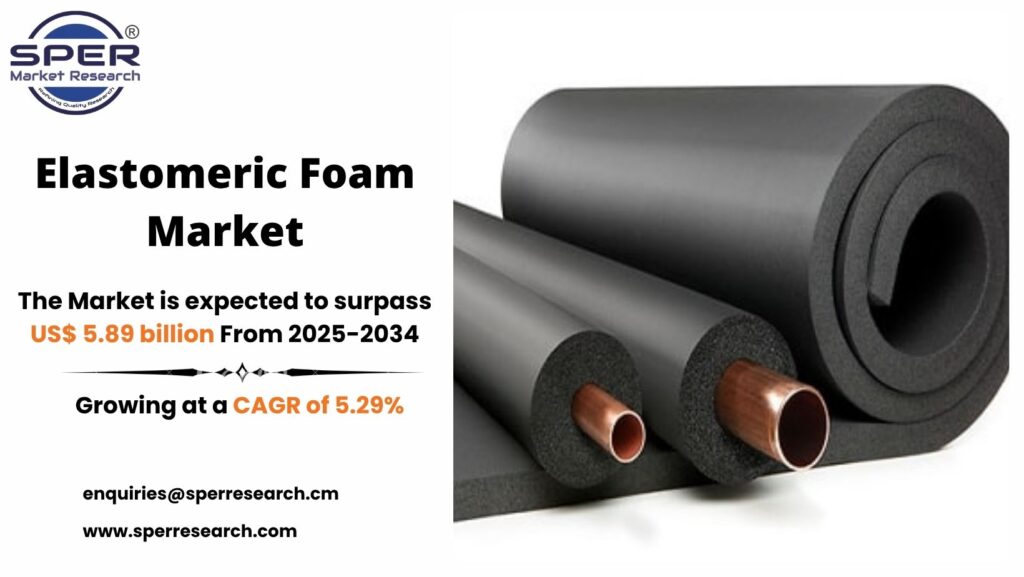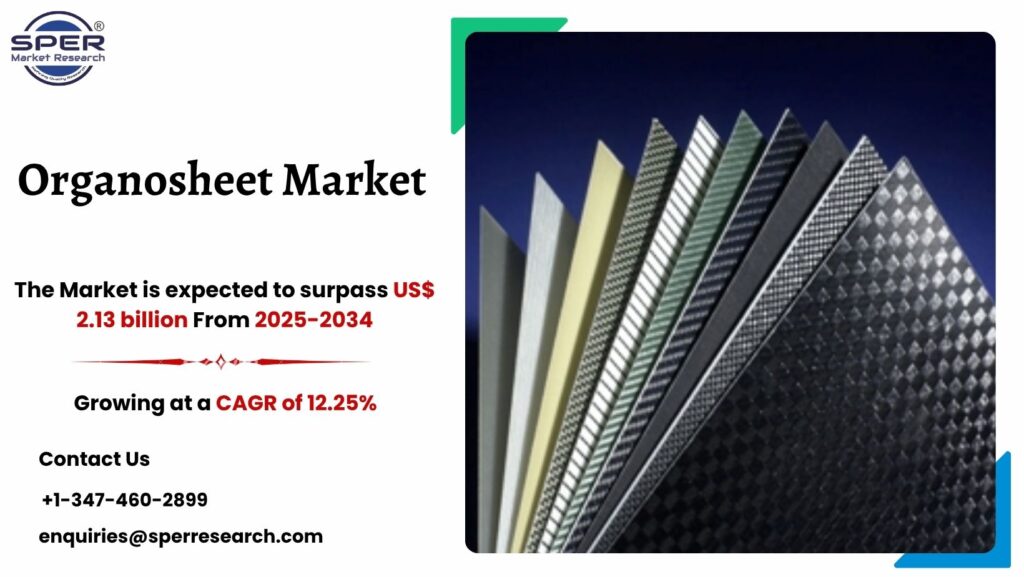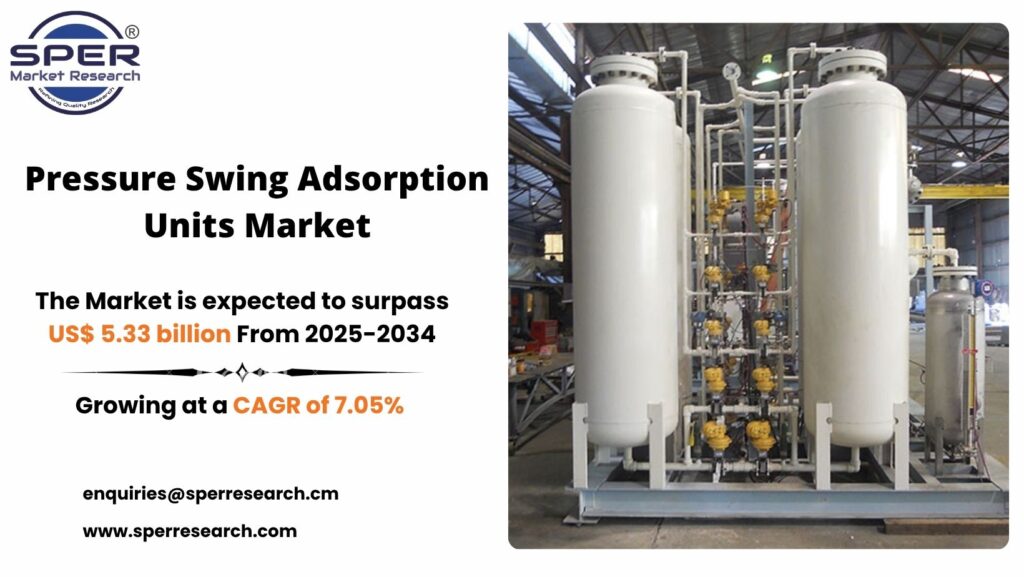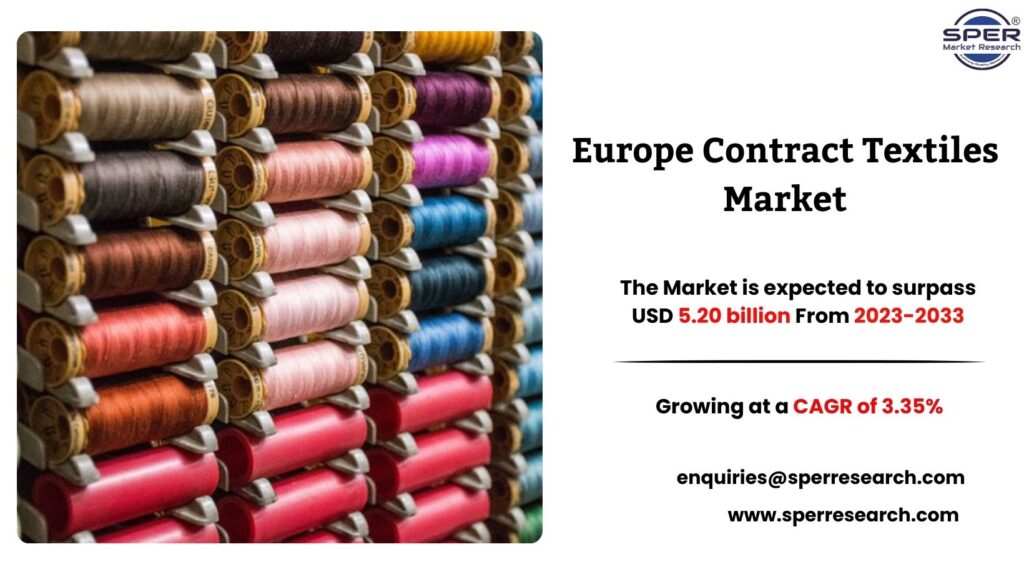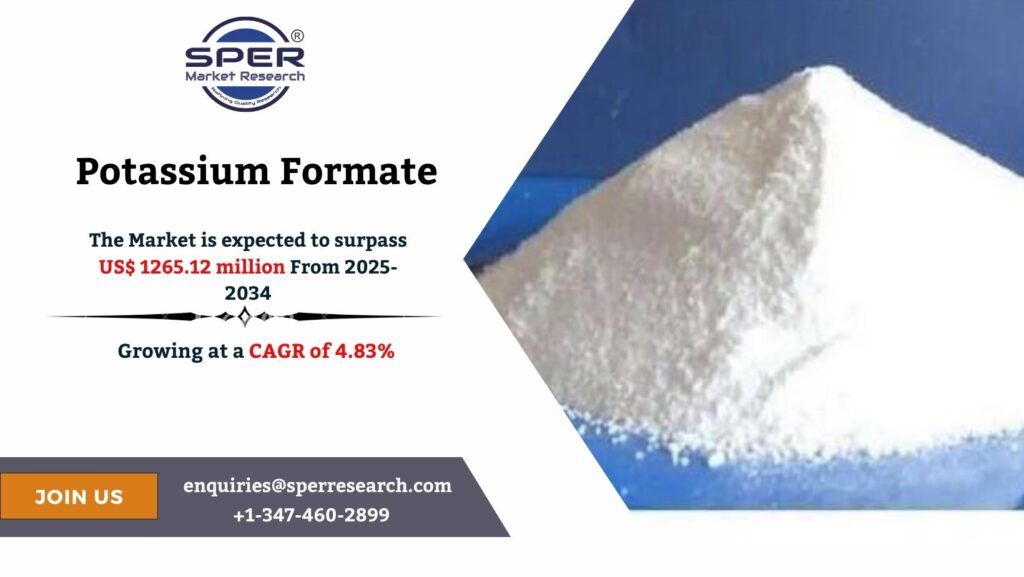Octyl alcohol (C8H18O), commonly known as capryl alcohol, is an organic molecule in the alcohol family produced from octane hydrocarbons. This chemical is a colourless liquid with a moderate and distinct fragrance. Octyl alcohol is widely used as a solvent in the manufacture of flavours, perfumes, and personal care products. Its ability to dissolve in both water and oil makes it a versatile component in cosmetic formulations, pharmaceuticals, dyes, and other specialized chemicals. Additionally, octyl alcohol serves as a precursor for the synthesis of esters that are widely used in the manufacture of plastics, synthetic lubricants, and industrial solvents.
According to SPER market research, ‘Global Octyl Alcohol Market Size- By Type, By Application – Regional Outlook, Competitive Strategies and Segment Forecast to 2034’ state that the Global Octyl Alcohol Market is predicted to reach 9.47 billion by 2034 with a CAGR of 3.05%.
Drivers:
The expansion of the product market can be attributed to its application across various industries, such as pharmaceuticals, cosmetics, cleaning agents, and paints and coatings, among others. One significant application of octyl alcohol is its function as an intermediate in fragrance production, where it aids in creating various esters recognized for their sweet, fruity, and floral scents. Moreover, octanol finds its place in the pharmaceutical sector as a means to assess the lipophilicity of drugs and other substances, in addition to serving as a solvent in certain manufacturing processes. It is also involved in the production of numerous surfactants, which are utilized in creating detergents, shampoos, and other cleaning products.
Request a Free Sample Report: https://www.sperresearch.com/report-store/octyl-alcohol-market?sample=1
Restraints:
The octyl alcohol market faces two significant challenges, namely fluctuating raw material costs and complex regulatory frameworks. Variations in the costs of raw materials directly impact production expenses and profitability. Manufacturers struggle with stringent regulations regarding product labeling, safety requirements, and environmental compliance. Conforming to these regulations often necessitates considerable investments in research, development, and compliance efforts, thereby introducing further complexity and costs to the production process. To navigate these obstacles effectively, companies must engage in proactive risk management, implement sustainable sourcing strategies, and maintain consistent compliance with regulations to remain competitive and sustainable within the market. The Asia Pacific region presents significant potential for the octyl alcohol market. The demand for octyl alcohol is on the rise, propelled by heightened industrialization and its extensive application in sectors such as chemicals, polymers, pharmaceuticals, and cosmetics. The growth in population and rapid urbanization further amplify this demand. Favorable government regulations, infrastructure investments, and technological advancements play a crucial role in the growth of the industry. Some of the key market players are Sasol, BASF, SABIC, BharatPetroleum, KLK OLEO, The Andhra Petrochemicals Limited, Ecogreen Oleochemicals, and others.
For More Information, refer to below link: –
Related Reports:
Hot Runner Systems Market Growth
Follow Us –
LinkedIn | Instagram | Facebook | Twitter
Contact Us:
Sara Lopes, Business Consultant — USA
SPER Market Research
enquiries@sperresearch.com
+1–347–460–2899

